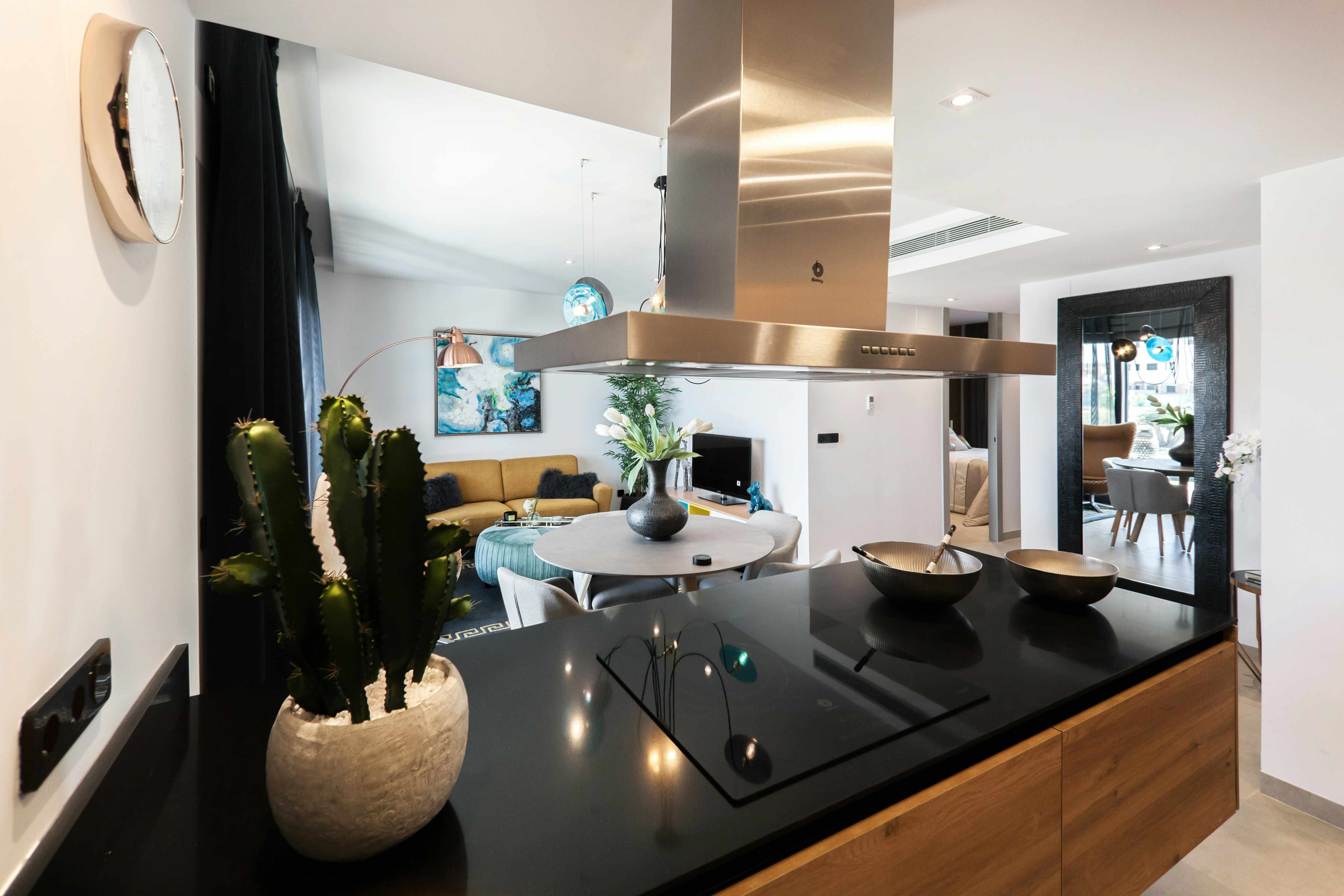Unveiling the Aesthetics of Tiny House Living: A Compact Guide
Ever considered downsizing your home to a minimalistic space that meets all your needs? Welcome to the world of tiny house living, a growing trend that's redefining the concept of home. This article delves into this innovative way of living, exploring its roots, practicality, and how it's reshaping the realms of interior design and architecture.

A Glimpse into the Tiny House Movement
The tiny house movement can be traced back to Henry David Thoreau’s simple living philosophy. However, the movement gained momentum in the early 2000s when Jay Shafer, an American design builder, created a small home on wheels. His innovation sparked a revolution, encouraging people to embrace minimalistic living and redefine their perception of an ideal home.
Embracing Compact Living: Current Trends and Styles
Tiny house living has paved the way for unique design trends. One such trend is multi-purpose furniture, where each piece serves multiple functions to maximize space. Another is the use of lofts for sleeping quarters, freeing up the ground floor for other uses. These trends reflect the essence of compact living—delivering functionality without compromising style.
The Practicality and Impact of Tiny House Living
Living in a tiny house is not just about downsizing—it’s a lifestyle choice that promotes simplicity and sustainability. It reduces the carbon footprint and demands fewer resources. The financial benefits are also significant, with lower maintenance costs and potential freedom from a traditional mortgage. This way of living challenges the conventional notion of success, shifting the focus from material possessions to experiences and relationships.
How Tiny House Living Enhances Everyday Life
Living in a tiny house is like fine-tuning an orchestra—every element must work harmoniously to create a symphony. It encourages intentional living by compelling inhabitants to carefully curate their possessions. This decluttering can lead to reduced stress and improved mental health. Moreover, it allows more freedom and flexibility to relocate, offering an opportunity to embrace nomadic living.
Conclusion
Tiny house living may not be for everyone. However, it’s an innovative concept that has certainly disrupted the norms of traditional housing. This trend is influencing the future of architecture and interior design, promoting a sustainable and minimalist approach to living. So, whether you’re considering downsizing or just curious about this trend, tiny house living offers a fresh perspective on what it means to call a place home.




